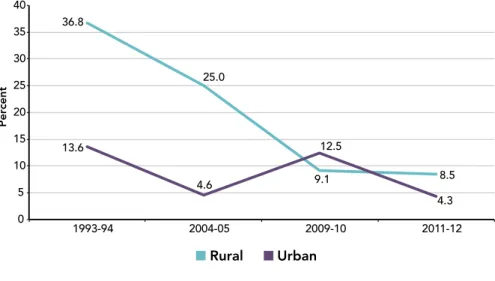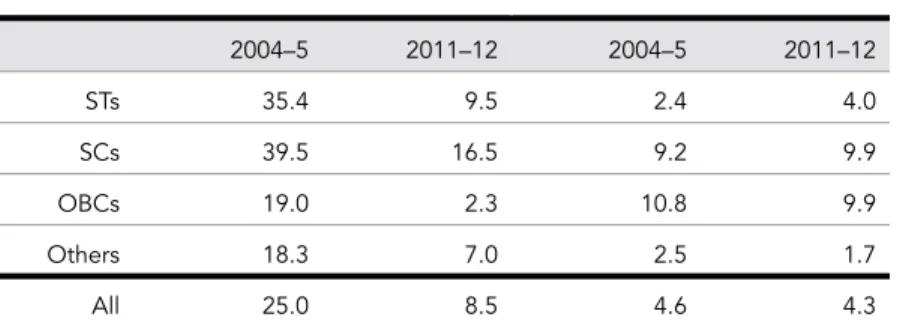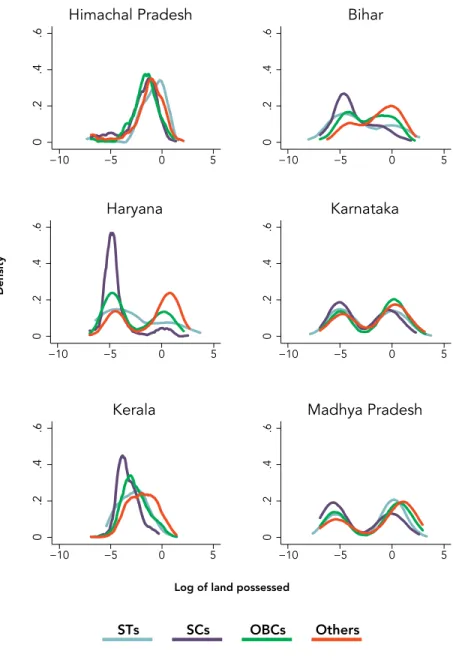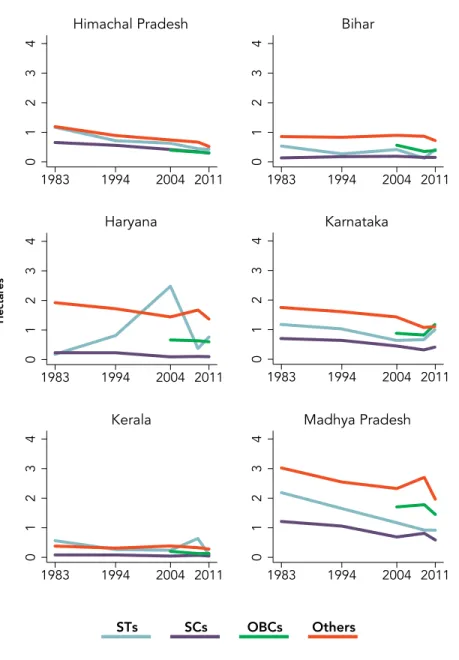Social Inclusion and Sustainable Development in Himachal Pradesh
Maitreyi Bordia Das Soumya Kapoor-Mehta Emcet Oktay Taş Ieva Žumbytė
SCALING
THE HEIGHTS
Social Inclusion and Sustainable Development in Himachal Pradesh
Volltext
Social Inclusion and Sustainable Development in Himachal Pradesh
Abbildung




ÄHNLICHE DOKUMENTE
Conclusion: We suggest that trait linkage between dispersal and cheating should be operative regardless of whether groups ever achieve higher levels of individuality, because
Italian authorities have published a large quantity of data on various aspects of land tenure including tenure types, the distribution of ownership of land and the structure of indi
This study contributes to the literature by analyzing the role of different types of agricultural and non-agricultural employment incomes for non-farm households, with a
By May 1948, when the Mandate expired and Israel was about to proclaim its statehood, land redemption had placed nearly one-tenth of the country under Jewish ownership, the rest
The questionnaires helped to capture Cameroonians' perceptions of the recent phenomenon of the gradual but significant influx of international actors and precisely
The combination of individual opportunity and mass Organization, by which people worked together in disciplined and Standard ways, but had their own cars and homes, their own choice
A land map (see figure 2) can be defined as the projection (using graphic symbols) of spatial relationships extracted from the knowledge available in cognitive maps
According to Alejandro Quiroz Flores, the modern state holds two comparative advantages over other forms of political organization — it is far better at directing large and